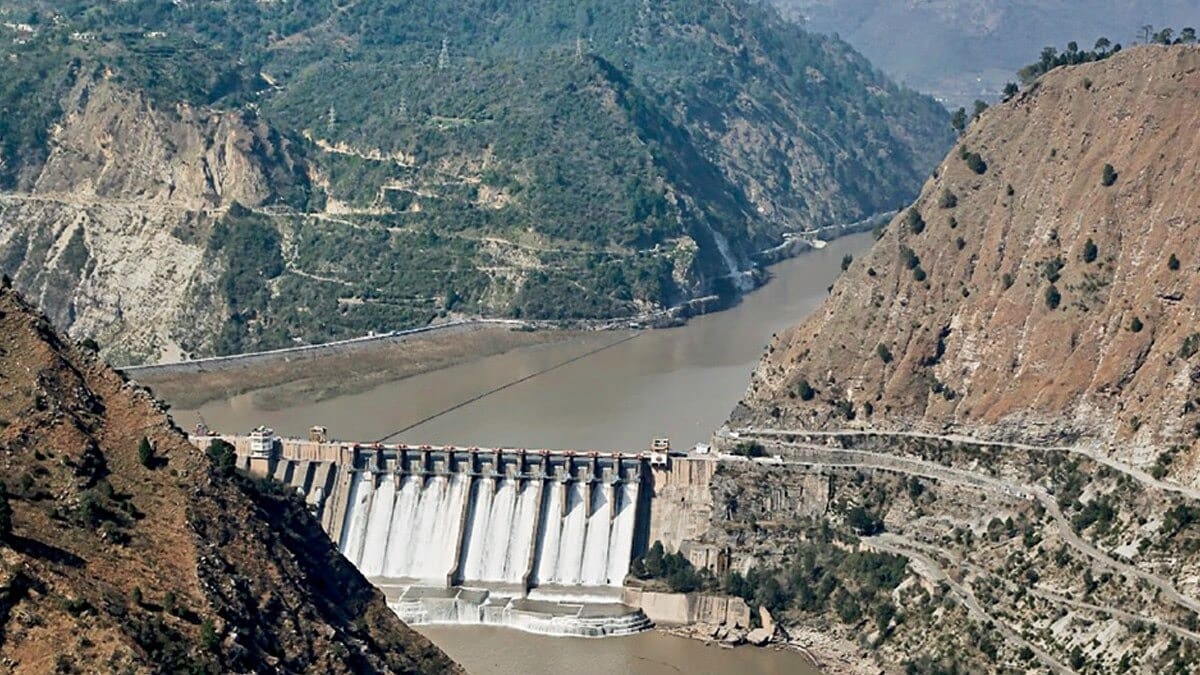Impact of India’s Suspension of Indus Waters Treaty on Pakistan: What to Expect

Will India halt the flow of the Indus River and its tributaries into Pakistan? This question looms large following India’s suspension of a key treaty governing water sharing between the two nations. The decision comes in the wake of a violent attack in Indian-administered Kashmir, raising tensions between the nuclear-armed rivals. The 1960 Indus Waters Treaty, which has withstood two wars, is now under scrutiny as India accuses Pakistan of supporting cross-border terrorism, a claim that Islamabad vehemently denies.
Suspension of the Indus Waters Treaty
India’s recent suspension of the Indus Waters Treaty (IWT) marks a significant shift in the long-standing agreement that governs the sharing of water from six rivers in the Indus basin. The treaty, which has been a model for trans-boundary water management, allocated the eastern rivers—Ravi, Beas, and Sutlej—to India, while Pakistan received rights to the western rivers—Indus, Jhelum, and Chenab. The suspension is part of a broader set of measures taken by India against Pakistan, which includes accusations of supporting terrorism. Pakistan has responded by warning that any attempt to stop the water flow would be considered an “Act of War.”
Historically, disputes over water sharing have arisen, particularly concerning India’s hydropower projects, which Pakistan argues threaten its water supply. With over 80% of Pakistan’s agriculture and a significant portion of its hydropower reliant on the Indus basin, the stakes are high. The treaty’s suspension raises concerns about the potential for increased tensions and conflict over water resources.
India’s Infrastructure and Water Management Challenges
Despite its geographic advantage as the upstream country, experts suggest that India may face significant challenges in effectively controlling the flow of water from the Indus basin. Current infrastructure primarily consists of run-of-the-river hydropower plants, which do not require large-scale water storage. This limits India’s ability to divert substantial volumes of water, especially during high-flow periods.
Experts like Himanshu Thakkar, a water resources specialist, emphasize that India’s existing infrastructure is inadequate for holding back the vast quantities of water that flow through the western rivers. Although India has expressed intentions to enhance its water management capabilities, progress has been slow due to various challenges, including difficult terrain and domestic protests against certain projects.
If India were to modify its infrastructure or construct new facilities, it could potentially control water flow without notifying Pakistan, a significant departure from previous treaty obligations. This shift raises questions about the future of water sharing and the potential consequences for Pakistan, particularly during dry seasons when water availability is already limited.
Potential Impacts on Pakistan and Regional Stability
The implications of India’s suspension of the treaty could be profound for Pakistan, especially during the dry season when water scarcity is most acute. Experts warn that if India begins to control water flow more aggressively, Pakistan could experience severe shortages, impacting agriculture and hydropower generation. The absence of treaty constraints may exacerbate these challenges, making water management a critical issue for both countries.
Moreover, the treaty mandates that India share hydrological data with Pakistan, which is essential for flood forecasting and planning. With the recent suspension, India may no longer be obligated to share this information, further complicating water management efforts in Pakistan. Historically, India has provided limited data, and this reduction could hinder Pakistan’s ability to prepare for potential flooding during the monsoon season.
The concept of “weaponizing” water has been a topic of concern in the region, with fears that India could leverage its upstream position to exert pressure on Pakistan. While experts caution that such actions could also risk flooding Indian territory, the potential for sudden releases of water or silt from reservoirs remains a significant concern for downstream communities in Pakistan.
The Broader Geopolitical Context
The situation surrounding the Indus Waters Treaty is further complicated by the broader geopolitical landscape in South Asia. India, which is downstream of China in the Brahmaputra basin, faces its own challenges regarding water management. Recent developments, such as China’s construction of hydropower projects in Tibet, have raised alarms in India about potential control over river flows that could impact its water security.
The historical context of water disputes in the region underscores the delicate balance of power and the potential for conflict. Following a militant attack in Kashmir in 2016, India warned that “blood and water cannot flow together,” highlighting the intertwining of security and resource management. As tensions rise, the future of the Indus Waters Treaty and regional stability hangs in the balance, with both countries navigating a complex web of environmental, political, and social challenges.
Observer Voice is the one stop site for National, International news, Sports, Editor’s Choice, Art/culture contents, Quotes and much more. We also cover historical contents. Historical contents includes World History, Indian History, and what happened today. The website also covers Entertainment across the India and World.

